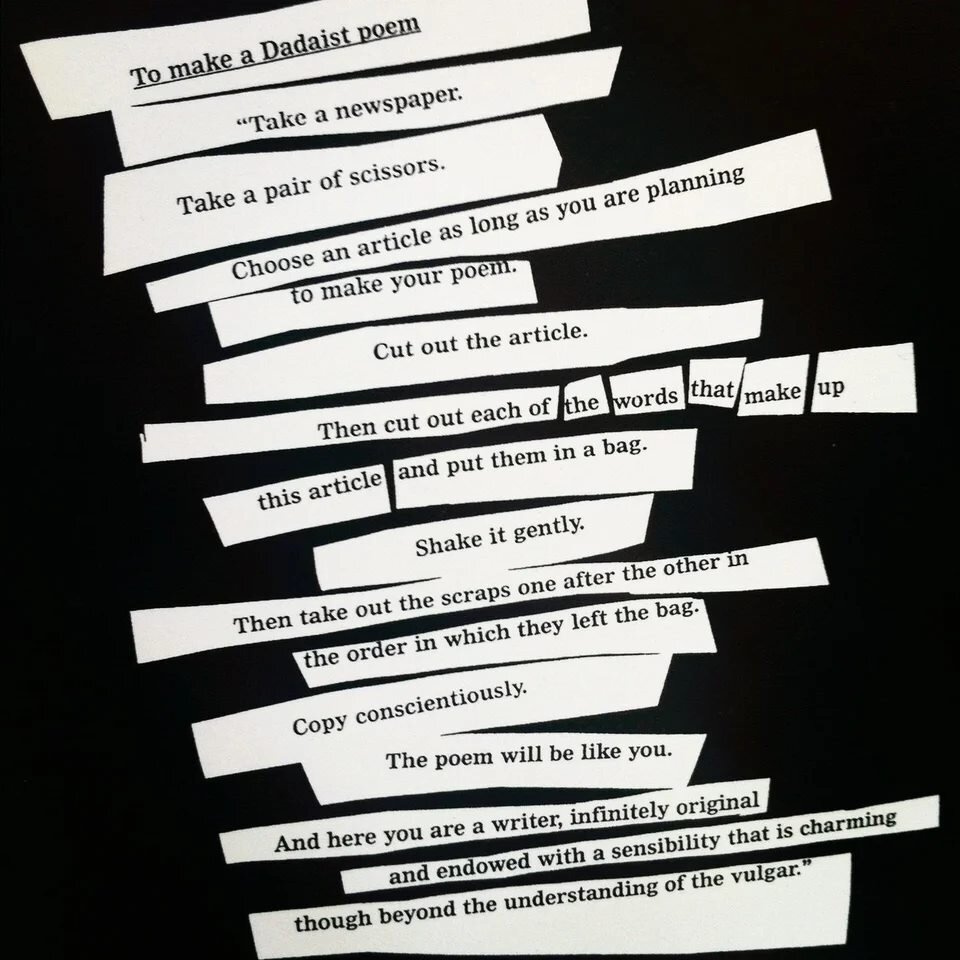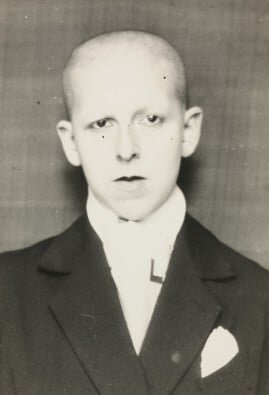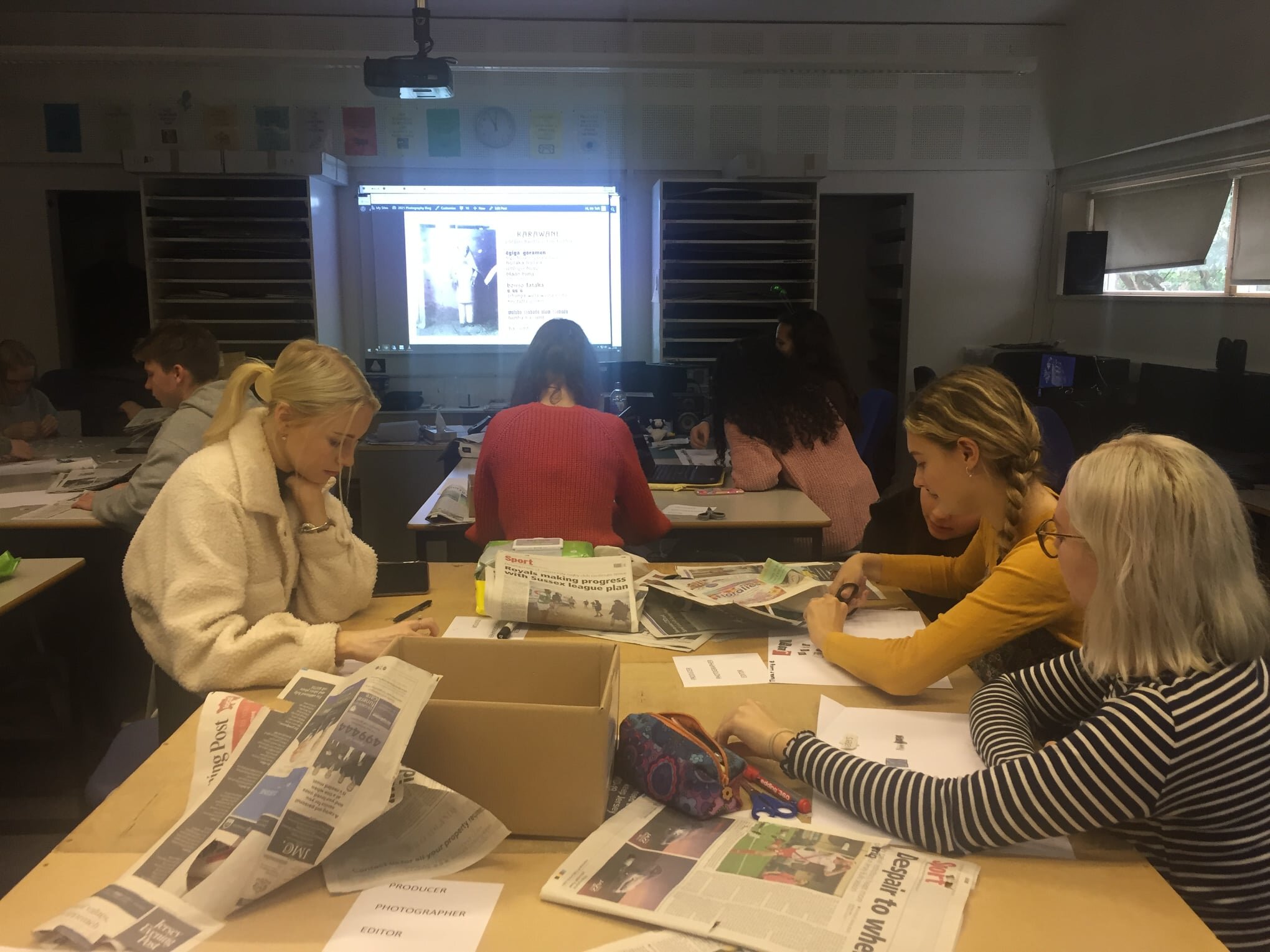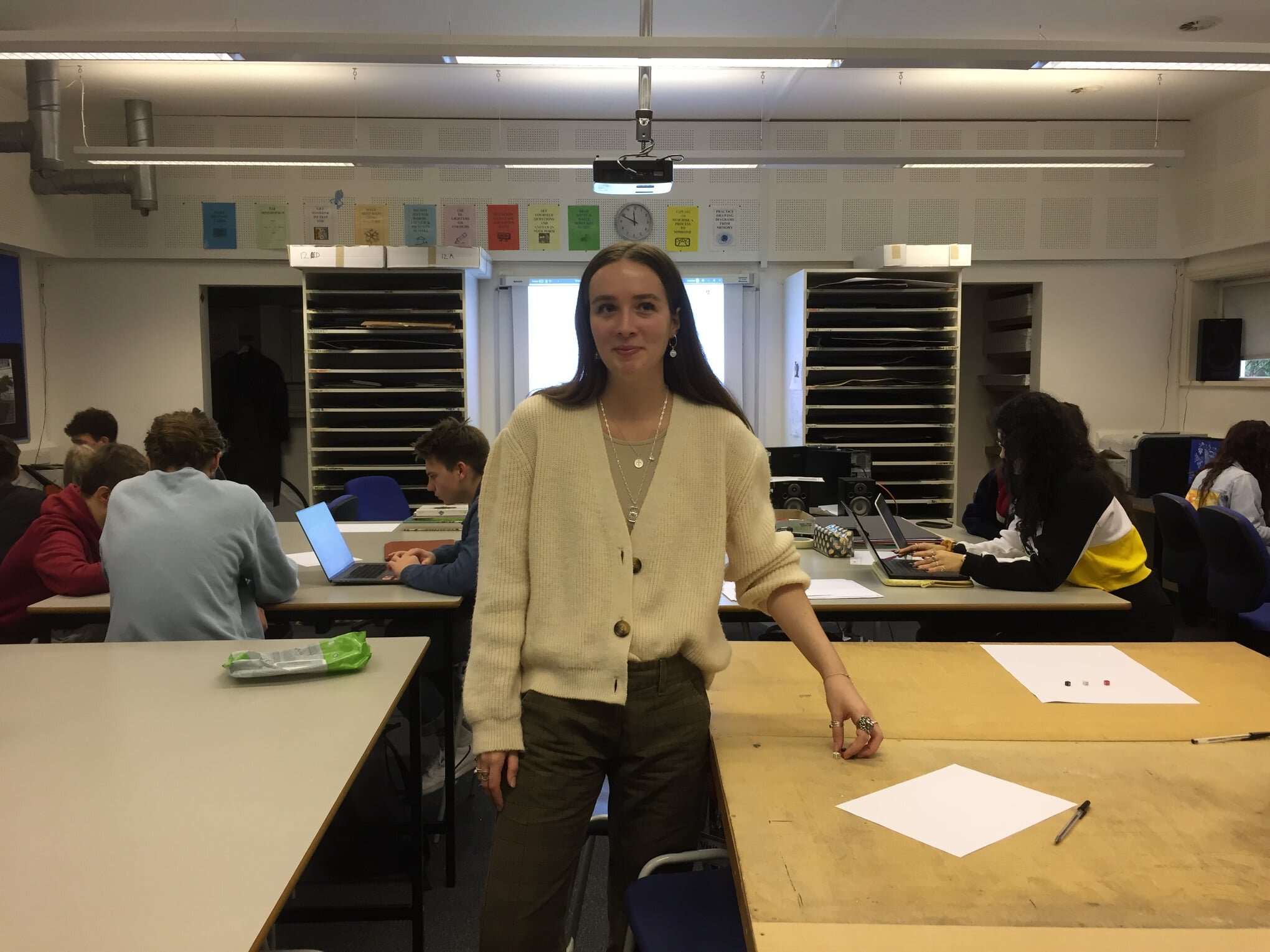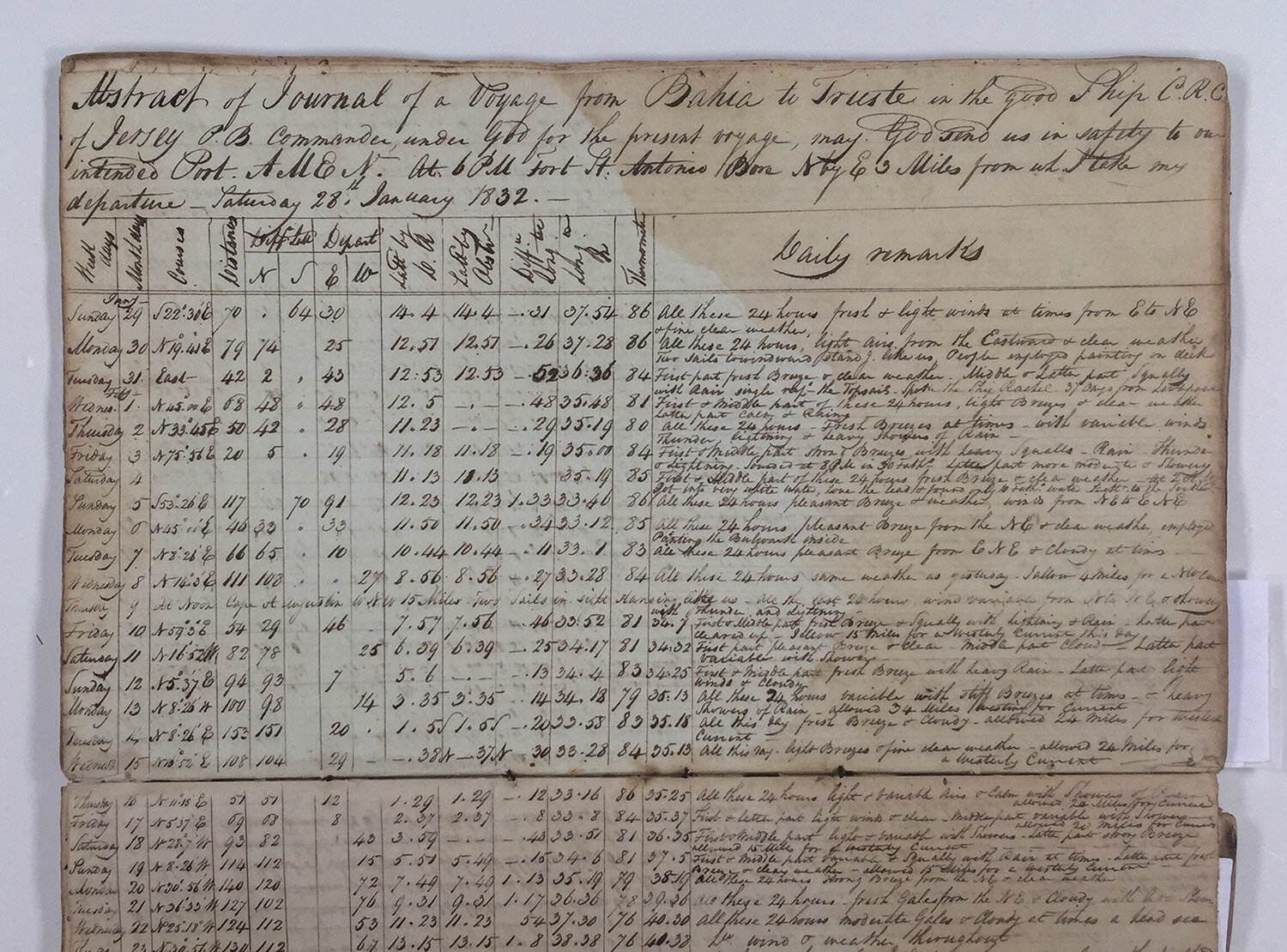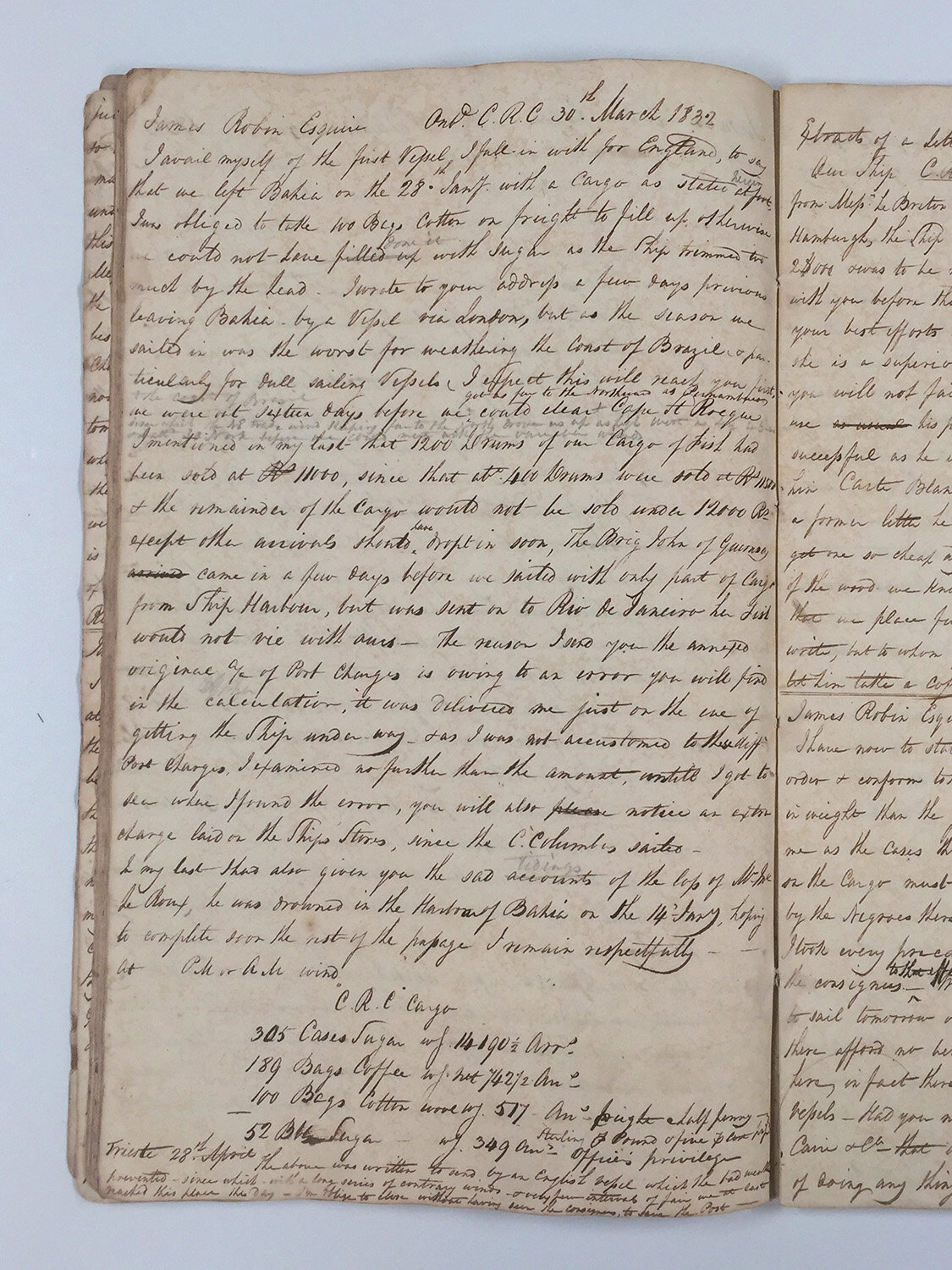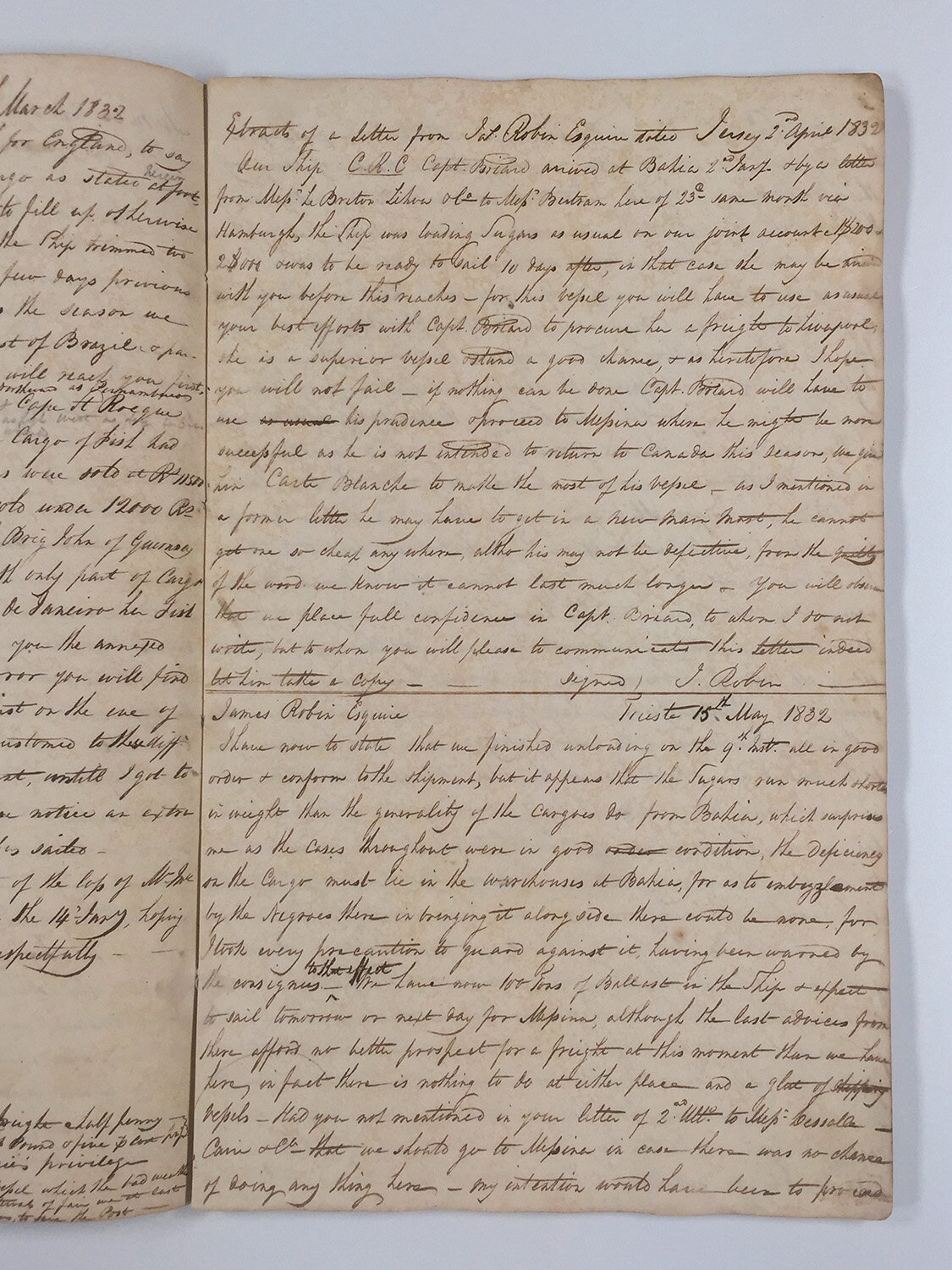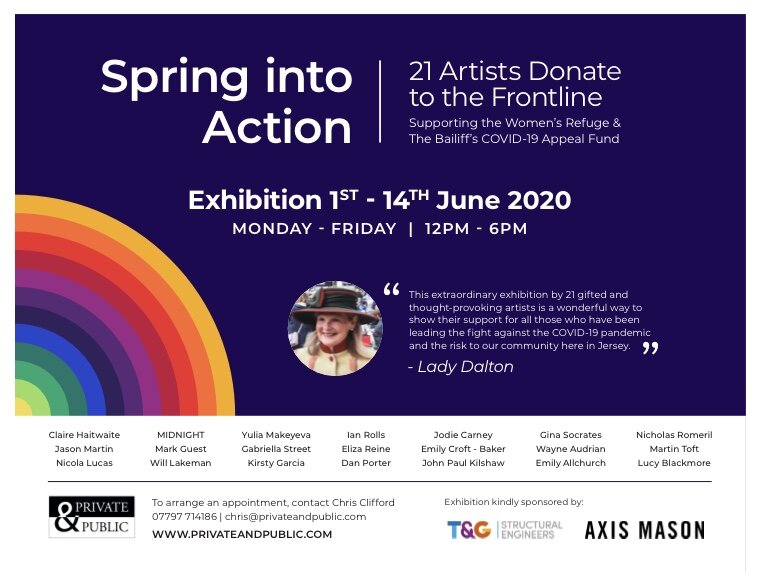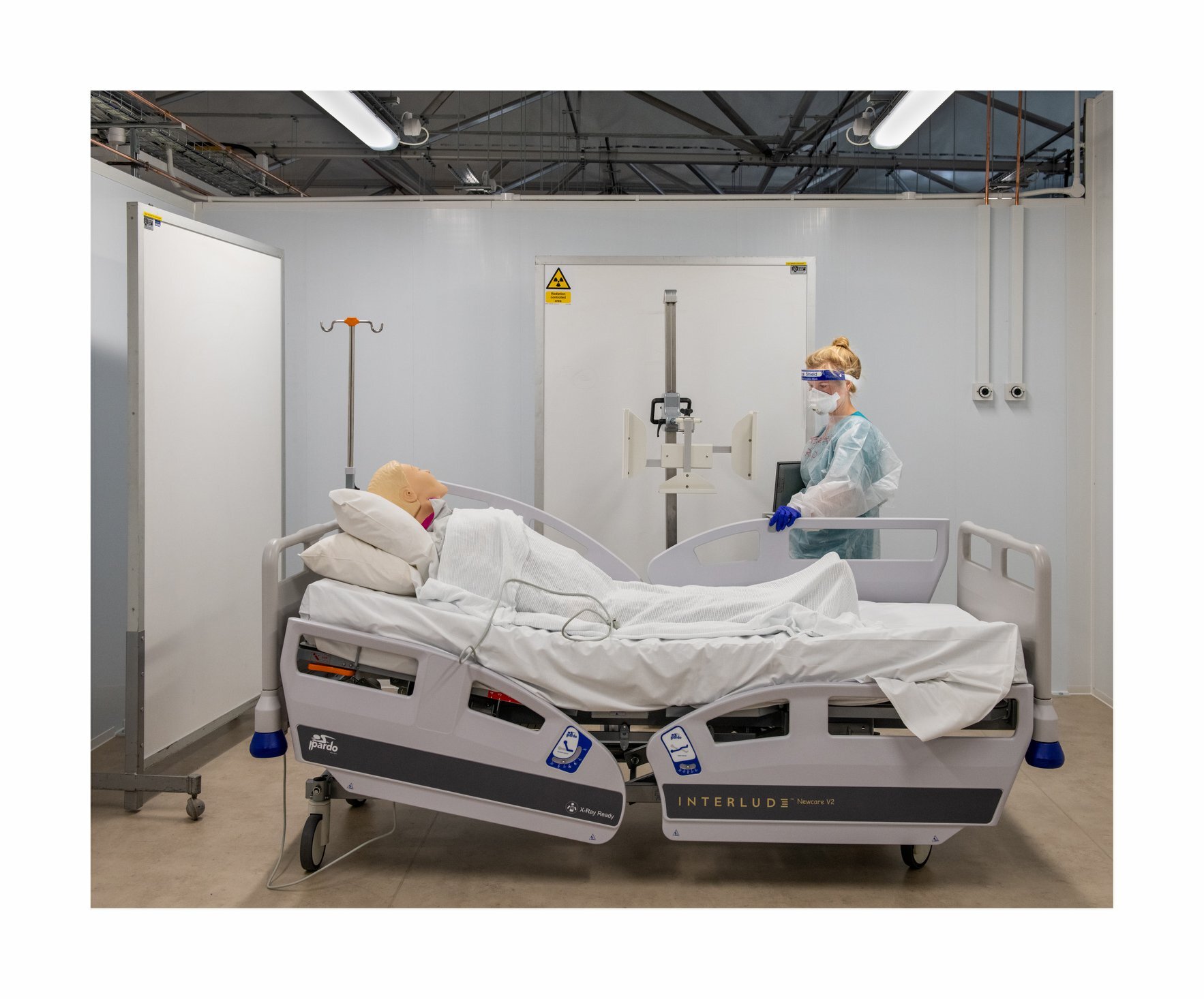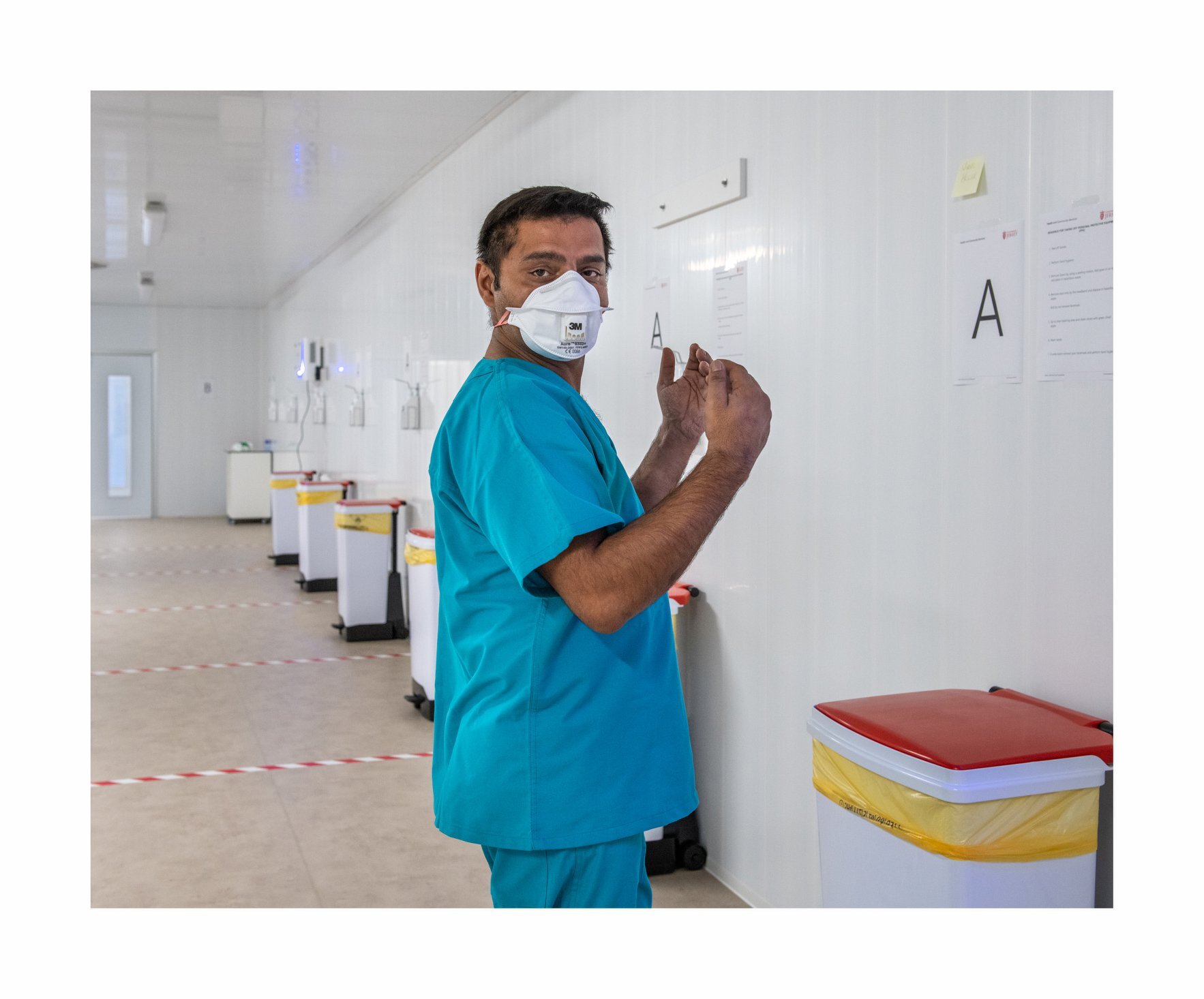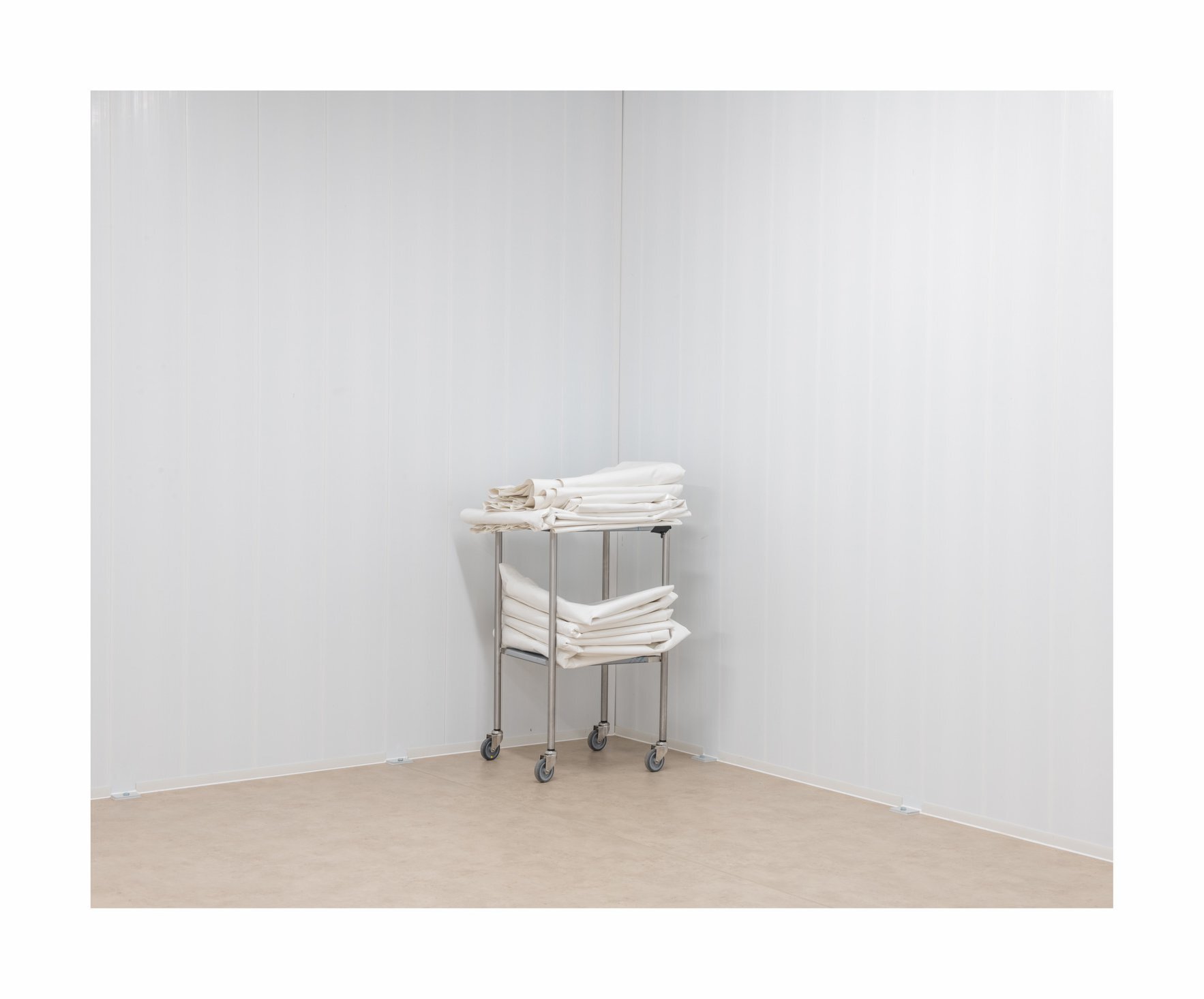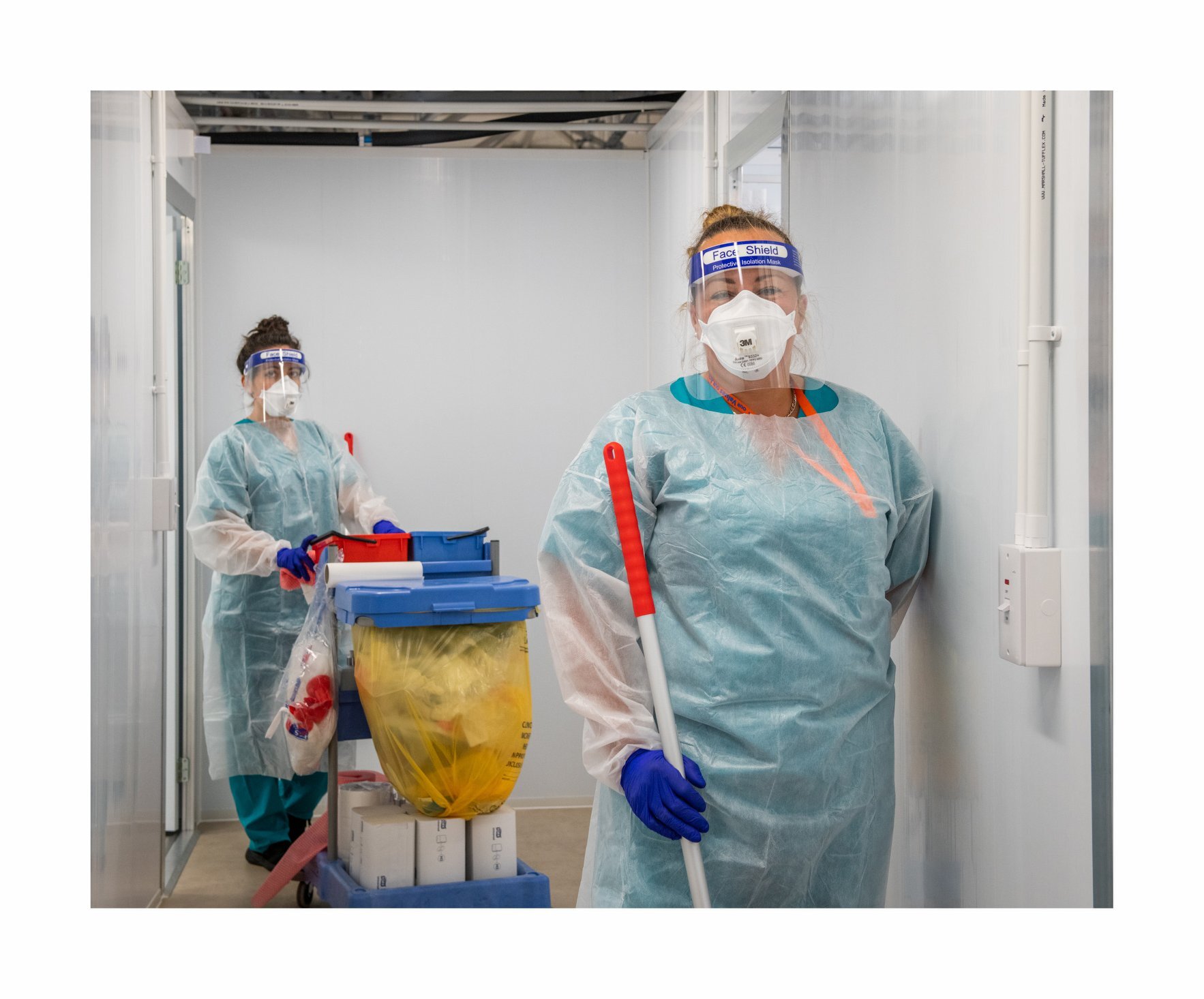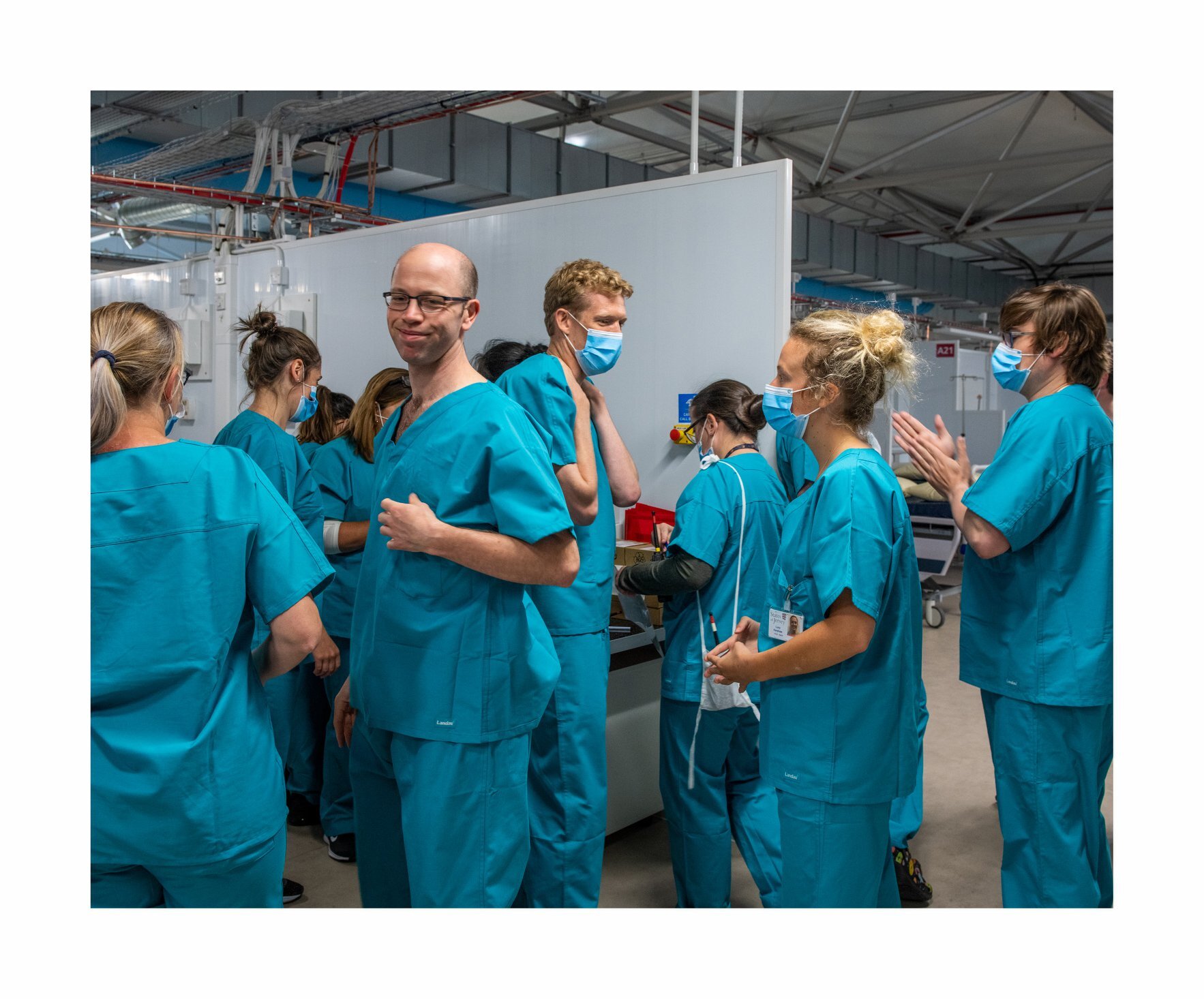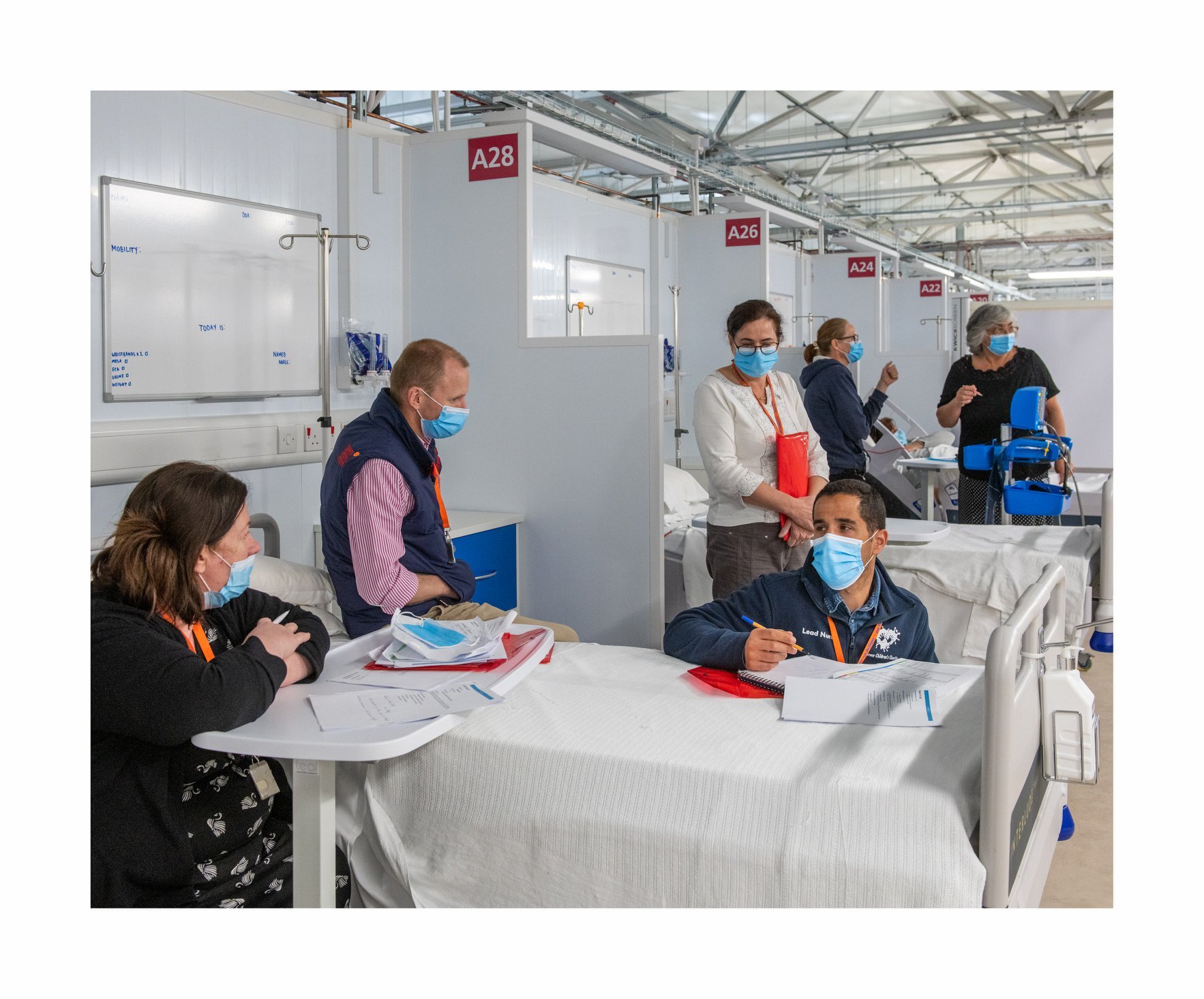Since schools opened again in early summer of 2020 a cohort of 48 A-Level photography students Hautlieu School have been working on an extensive programme of study in their final year exploring the themes of LOVE & REBELLION. The results of their work can be seen in a 56-page newspaper supplement printed and distributed island-wide by Jersey Evening Post today Tuesday 18 May and in a multi-media exhibition of films, photobooks, zines and prints at the Berni Gallery, Jersey Arts Centre 24 May – 13 June.
When we look at the images presented, we are reminded of how complex the lives of young people are. This, of course, has been exaggerated by a year of living with a deadly pandemic causing uncertainty and anxiety, especially among school leaving children. What we are confronted with are snapshots of ordinary life alongside other more serious images showing teenagers coping with family, lockdown and isolation. There are images depicting experiences of living at home with chronic illnesses, physical disabilities, mental health problems, as well as playful and optimistic glimpses of social interaction with friends, finding comfort fixing cars or listening to music.
Photography is an excellent medium for recording the mundane and the banal, but within an insular context such vernacular images are rarely on display in public (if we discount social media platforms). What do these ordinary photographs that people make and use every day tell us about our social patterns, personal rituals and structures of identity, or political participation? Photography in Jersey is often depicting the island’s natural beauty, beaches and sea at dawn or dusk endlessly recycling romantic idyll and pictorial clichés. What do we learn from an image of another sunset at Corbière Lighthouse?
At Hautlieu we aim to encourage students to explore subject-matter that is both personal and universal, reflecting upon historical and contemporary discourse informed by critical theory and practice within visual and popular culture. The Love & Rebellion newspaper is the third supplement produced in collaboration between Hautlieu School Photography Department and Jersey Evening Post. In 2018 the first issue was The Future of St Helier and last year the theme of Liberation and Occupation was published in the week leading up to Liberation 75.
The themes for this publication was inspired partly by the 10th (+1) anniversary edition of Guernsey Photography Festival , 23 Sept - 23 October 2021 on the themes of ‘Acts of Love & Rebellion’
Newspaper kindly sponsored by the Chief Minister.
Exhibition kindly sponsored by the Bailiff of Jersey.
Get a copy here!
















